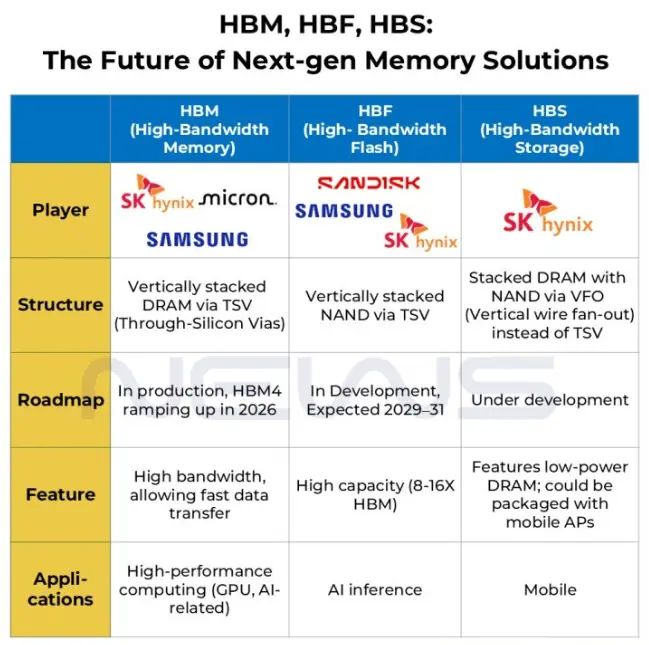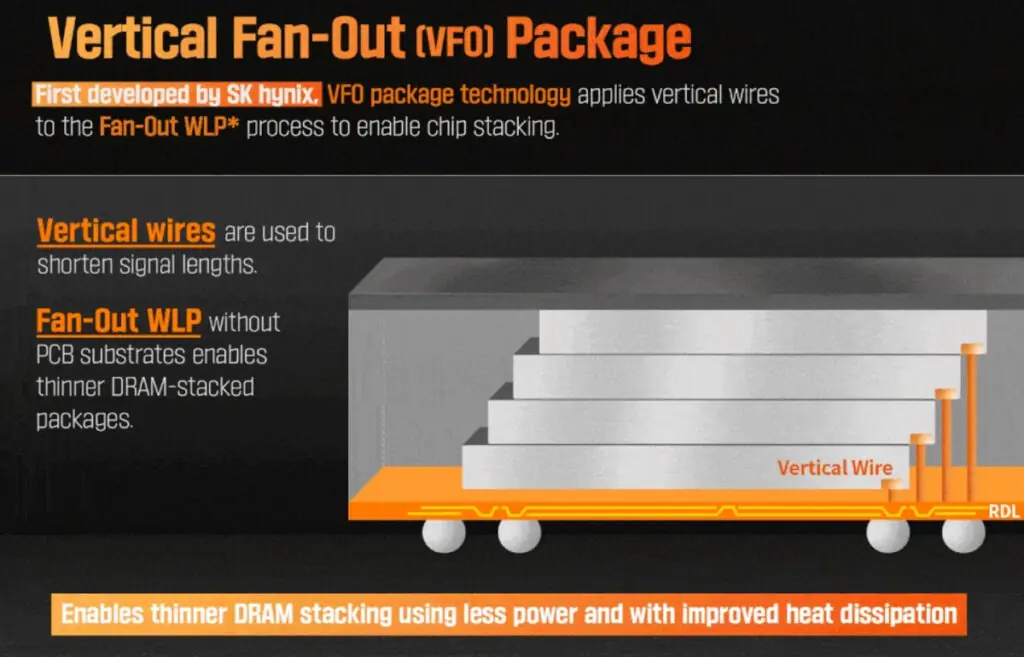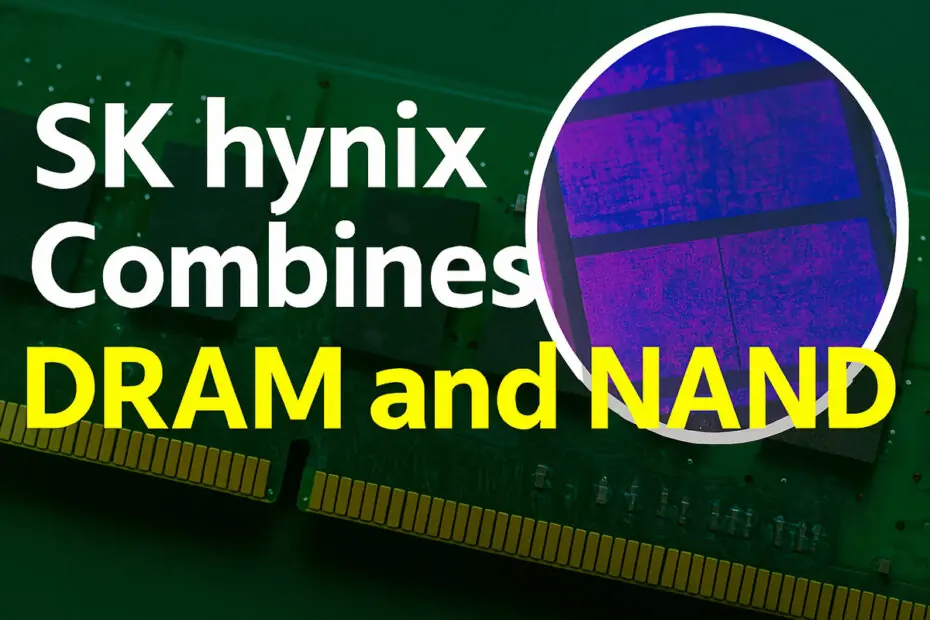In the fast-moving world of semiconductor innovation, SK hynix is taking another bold step. Sources in South Korea say the company is building a new memory technology called High-Bandwidth Storage, or HBS. It’s an evolution of an earlier idea known as High Bandwidth Flash. By weaving together mobile DRAM and NAND Flash into one seamless package, HBS promises to make portable devices faster and smarter than ever before.

From what reports are saying, HBS is designed to handle tougher AI tasks right on phones and tablets. It pulls this off by stacking up to 16 layers of DRAM and NAND memory, all linked using a technique called vertical wire fan-out, or VFO. Basically, it connects everything with straight-up wires to make data move faster.

SK Hynix actually rolled out its VFO tech for the first time in the DRAM used in Apple’s Vision Pro headset. But with HBS, the company’s stepping things up; this version adds NAND Flash chips into the same stacked setup. The VFO design, which debuted in 2023, makes everything smaller, cooler, and more efficient. SK hynix says the vertical wiring cuts the space needed for electron flow by 4.6 times and leads to a 4.9% gain in power efficiency, 1.4% better heat control, and a package that’s 27% thinner than older designs.
Unlike the older HBF tech that SK hynix has been working on with SanDisk, HBS doesn’t need through-silicon vias, or TSVs. That simpler design could make the chips easier and cheaper to produce, a move that might help the technology spread more quickly across the industry.
The idea is to put the new DRAM and NAND stack right next to the phone’s main processor. With everything sitting closer together, data can move faster, which means smoother performance for smartphones and other SoC-based devices.
HBS is built to give mobile AI a big boost, but we still don’t know how it’ll perform outside the lab. SK Hynix doesn’t expect to bring it to market until sometime between 2029 and 2031. That’s a bit down the road, especially since the company is already working hard to keep up with demand for the chips it plans to ship in 2026.
Maybe you would like other interesting articles?

